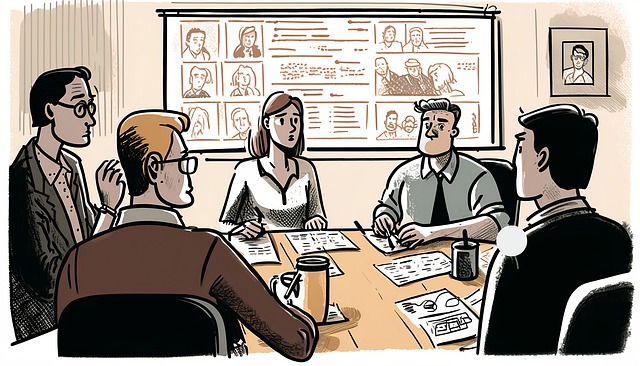Parents of a public school student on a 504 Plan (essentially an accommodations plan for a qualified disabled student) sometimes find themselves facing a 504 manifestation meeting. This manifestation meeting can be imposed with little notice and usually happens when larger student discipline is looming (e.g. school expulsion).
Just what is going on!?
What is a 504 Manifestation Meeting?

A 504 manifestation meeting is to determine whether conduct leading to a student’s upcoming exclusion from school and/or change in placement, due to acts such as fighting, harassment, bullying, possession of a dangerous object, etc. is a “manifestation” of their disabling condition(s).
When is a 504 Manifestation Meeting Triggered?
A public school district must convene a manifestation meeting when a 504 student is referred for discipline which could exclude them or substantially change their placement for more than ten days. One example which could trigger this is when a student is placed up for expulsion.
A 504 manifestation meeting is also required when a 504 student has experienced a pattern of exclusions for more than ten days. For example, the 504 student has had multiple 1-2 day suspensions for fighting.
A Manifestation Evaluation is Required Before the 504 Meeting
Before a 504 manifestation meeting is convened, an evaluation must be done, usually by a school psychologist. This is typically a limited evaluation, involving review of records, gathering of current data from teachers, information on the event(s) which led to the pending exclusion and review of what is currently available regarding the student.

The assessment does not involve batteries of tests and may not involve any observation of the student, as the student may be sitting at home on a school suspension.
The psychologist’s opinion of whether the conduct was or was not a manifestation of the student’s disability, will carry a lot of weight at the 504 manifestation meeting.
What is Analyzed at the 504 Manifestation Meeting?
At a 504 manifestation meeting, the team must decide if the conduct in question was caused by or had a direct and substantial relationship to the student’s disabling condition(s).
The 504 team should also determine if services or supports in the 504 were implemented, and if not, whether the services would have prevented the behavior. If so, the conduct could be a manifestation of the student’s disability.
Parents Can Submit Supportive Documents or Bring Professionals to Help
Parents can submit written information to the 504 team from private professionals who are qualified to render an opinion or provide evidence in support of manifestation. This could include input from a psychologist, therapist, attorney or otherwise, to show why the conduct was a manifestation of the student’s disability.

These professionals can also attend the student’s 504 manifestation meeting to give their opinions and to try to persuade the team to find a manifestation.
As schools typically don’t find manifestation, this type of additional input can be critical when trying to sway the 504 team to find the conduct was a manifestation of the student’s disability.
What if the 504 Team Finds a Manifestation?
If a 504 team finds that the student’s conduct was caused by or had a direct and substantial relationship to the student’s disabling conditions, the discipline will stop and the student will be returned to their placement.
The team should then work together to develop supports to help prevent the conduct from reoccurring in the future. This could include behavior supports, counseling, or other items to help the student. Reassessments may also be arranged.

What if a 504 Team Denies Manifestation?
If a 504 team does not find a manifestation caused the conduct, the discipline, or other exclusion, can move forward. The student may then be treated as any other student who is facing similar discipline.
There is no right, as with a special education IEP (Individualized Education Program) student, for the 504 student to continue receiving all services in a different school location while the discipline is pending. Rather, the 504 student can be treated as any other general education student if manifestation is denied.
Appealing a 504 Manifestation Denial
Parents can try to appeal the manifestation decision via their school district’s appeal process.
Parents may also choose to file a complaint with the Office for Civil Rights (OCR) in the United States Department of Education (USDOE), if they feel the student was discriminated against and/or their 504 rights were violated.
OCR does not take all complaints they receive. If the parent already pursued the internal appeal in the school district before filing with OCR, OCR may only focus on whether the student received a fair process in the school district appeal.
Michelle Ball, attorney for students, can assist with 504 and special education issues. As a specialized student lawyer, she can help students across California, from San Bernadino to Folsom, Fort Bragg to San Jose and many other locales.

